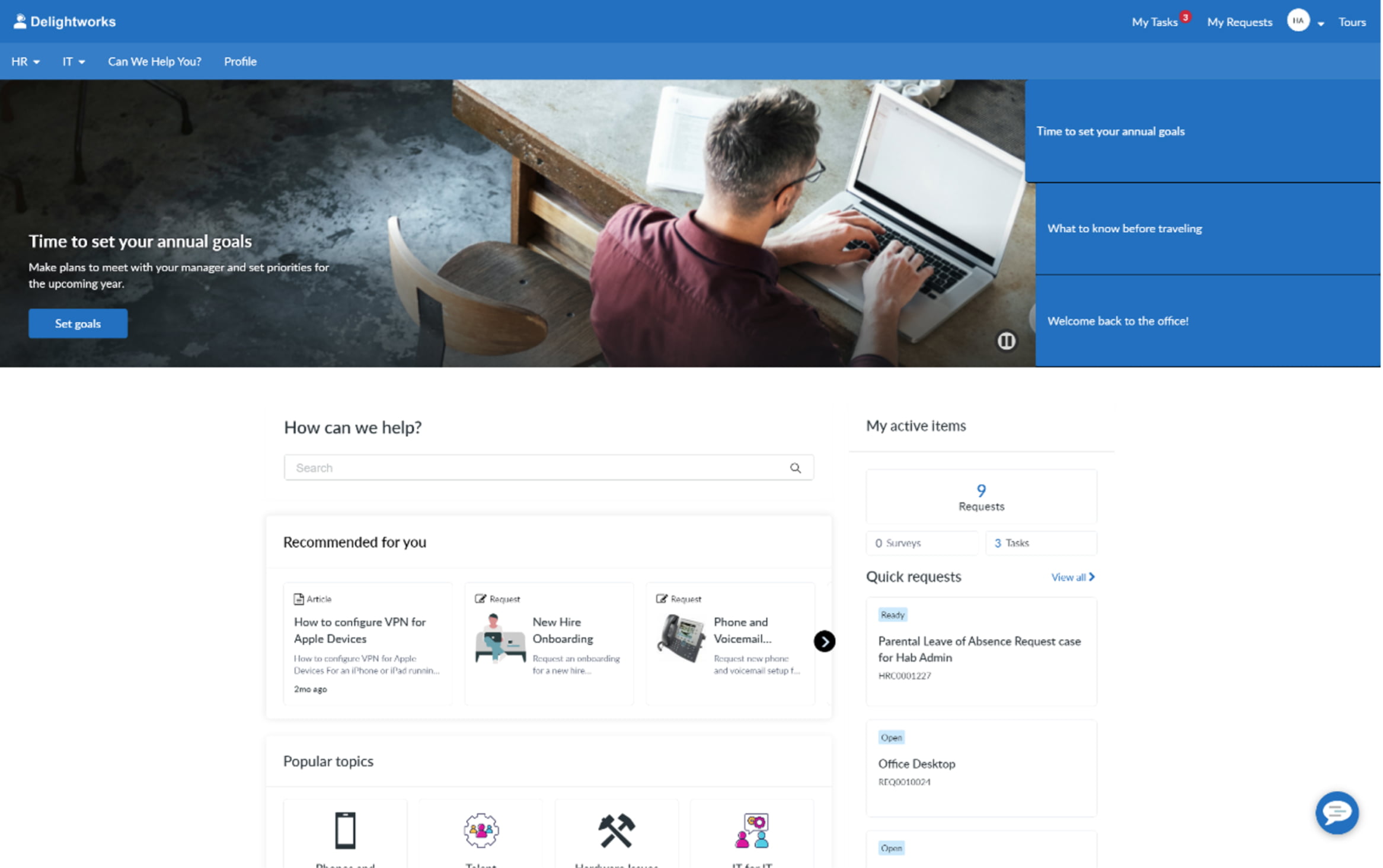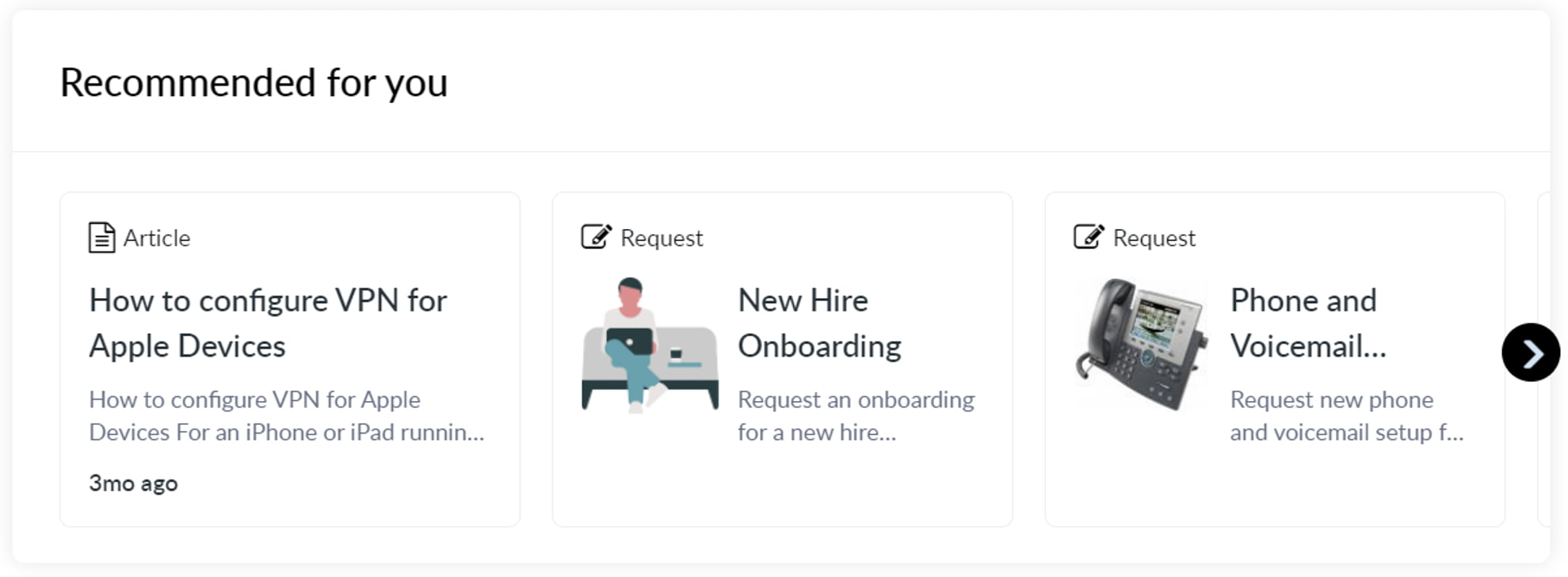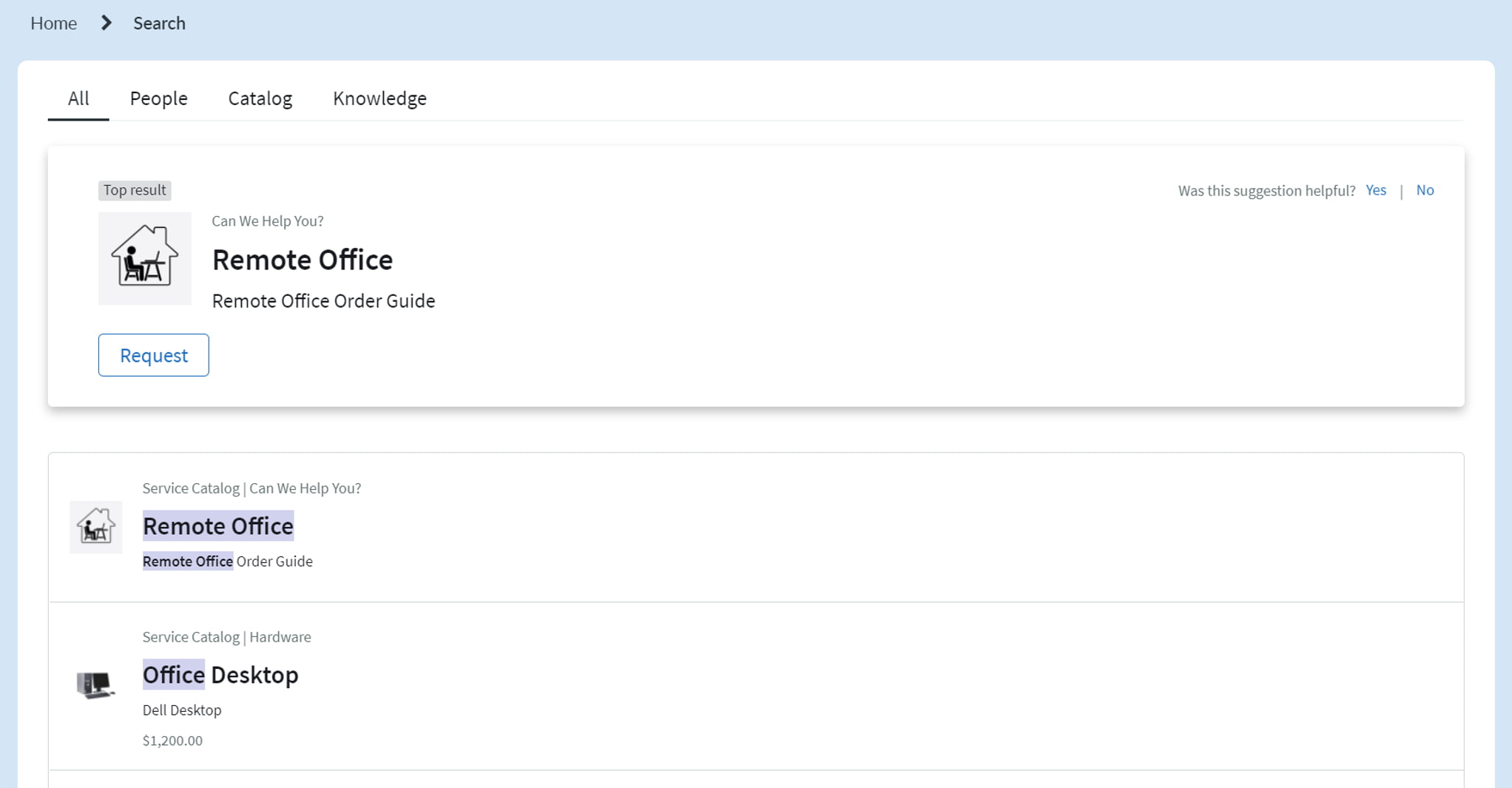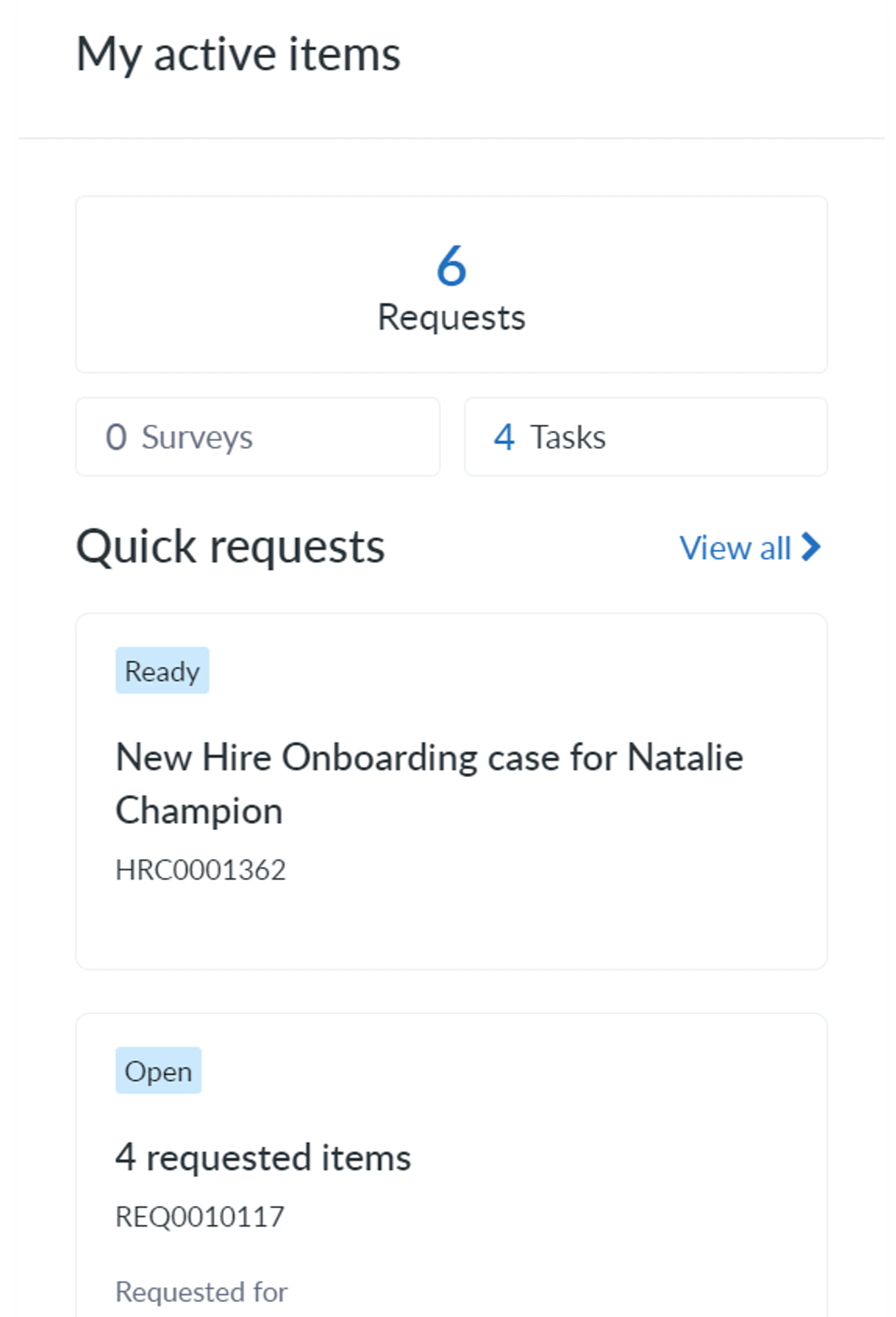ServiceNow’s Employee Center is a unified service portal that is free to all ServiceNow customers. It replaces both the Service Portal included with ITSM licensing and the Employee Service Center that was available as a stand-alone application and included as part of HRSD licensing.
At first glance, the Employee Center looks like it's the same as the Employee Service Center – with a truncated name. Technically, it is built on the same technology, but it has been repackaged and rebranded alongside additional new features.
We think the Employee Center offers a compelling set of packaged capabilities to build a self-service employee portal. If you’re currently using the Service Portal, here are our top five reasons for you to consider an upgrade.
1. The vision
ServiceNow has imagined an omni-channel and omni-experience method for self service. The Employee Center experience can be accessed through a webpage within Microsoft Teams or in the ServiceNow app. Users can interact through search, navigation and chat. Content creators benefit from being able to write content once, which then surfaces through these different channels. This is a new solution in the era of hybrid work – meeting users where they are in the way they want to connect.
Additionally, ServiceNow has stated they are investing significantly in the Employee Center, so you will continue to see new features added frequently.
As a holistic package, ServiceNow is a thoughtful experience for both employees and content creators.
2. Unified taxonomy and dynamic topics
The Service Portal organizes knowledge, catalogue items and requests by type, requiring employees to know the type of information they’re looking for before navigating to it.
Compare this to the Employee Center, which organizes information using a unified taxonomy and dynamically generated topic pages. Employees don't need to know if what they are looking for is a set of instructions, a service request, or a form to start a workflow. Removing this barrier vastly improves the self-service experience.
The work that goes into building a taxonomy also feeds the following capabilities:
- A new mega menu
- Dynamic topics (auto-created topic pages that aggregate tagged content)
- Search facets (within search results)
- AI that drives both search and the virtual agent
You don’t need to be using a unified taxonomy when you migrate to the Employee Center. Instead, you can start with your Service Portal’s current Knowledge Base structure and adopt a topic taxonomy later
3. Consolidated view of active items
This feature is small, but it still makes our top five list because it addresses a common source of employee frustration.
In the Service Portal, employees have to go to several different places in order to see all their alerts or to complete an action. The Employee Center provides a single widget that displays approvals, tasks, requests and incidents in one place.
4. Targeted content
With the Employee Center, companies can target, personalize and measure communications that appear on the portal. Making communications more visible and actionable can improve campaign outcomes.
For example, organizations could support an internal campaign around annual benefits renewals by sending promotional messages to employees ahead of their benefits selection deadline, prompting them to change their benefits information.
Other workflow processes that span long periods of time, such as the onboarding of new employees, might require regular and ongoing communication nudges.
Targeted content is part of Employee Center Pro, but it's a compelling enough feature that it should prompt some organizations to move to Employee Center, so they can leverage these features as their portal matures.
5. The clock is ticking
For the time being, ServiceNow is supporting the Service Portal, but they’ve already announced that it will become a legacy application.
ServiceNow recommends that new customers use the Employee Center. Existing customers should begin to evaluate their move as soon as possible to avoid any disruptions of service and start taking advantage of the new features in the Employee Center.
Employees often access their organizations services during important life transitions. A self-service portal is an important part of a thoughtfully designed service experience for these moments that matter. The Employee Center has the potential to reduce support call volume but also create a memorable experience that engenders commitment and ultimately impacts retention.










